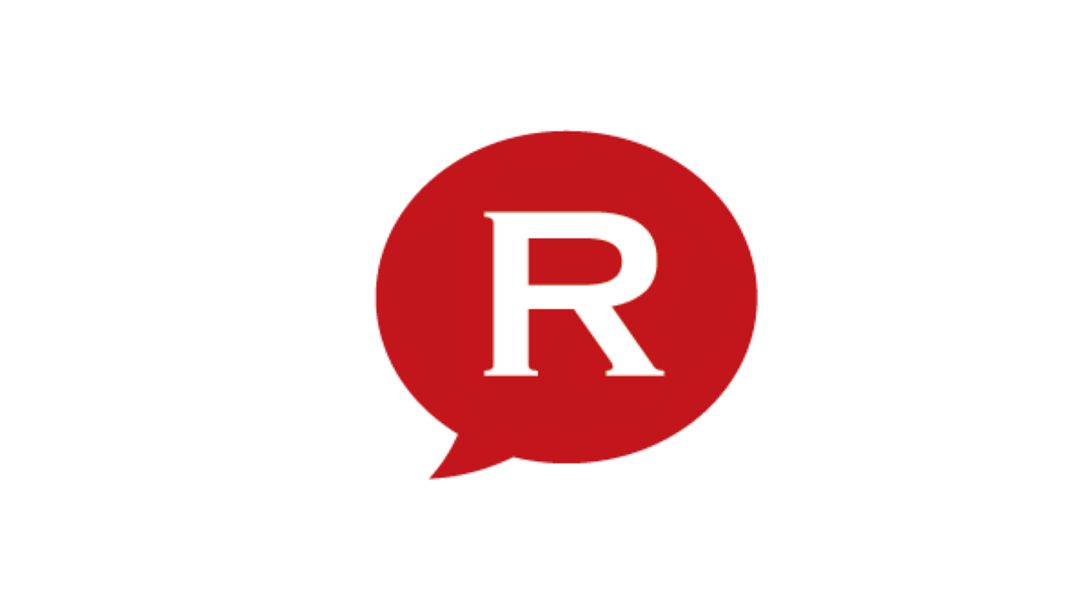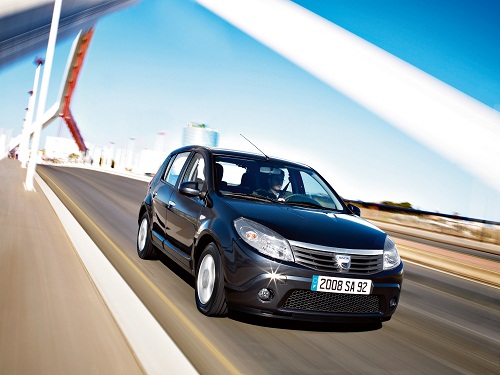Intercultural communication: Frugal or reverse innovation. Doing more with less in a cross-cultural approach



 As I was doing some research on Frugal or Reverse Innovation, I recently came across an interesting and powerful example in a Harvard Business Review article, written by Pr. Vijay Govindarajan from the Tuck School of Business at Dartmouth. Before delving into 'doing more with less', let's follow the example of Frech car producer Renault and its Romanian brand Dacia.
As I was doing some research on Frugal or Reverse Innovation, I recently came across an interesting and powerful example in a Harvard Business Review article, written by Pr. Vijay Govindarajan from the Tuck School of Business at Dartmouth. Before delving into 'doing more with less', let's follow the example of Frech car producer Renault and its Romanian brand Dacia.
Romanian Cars from a French Company on the German Autobahn : “ Dacia is a Romanian car manufacturer acquired in 1999 by French automaker Renault with the aim of designing low-cost passenger vehicles for emerging Eastern European markets. The Logan, a five-seater with a spacious trunk, was introduced in Romania in 2004 and subsequently to neighboring countries. The Logan's basic version, costing 5,000 €, was revolutionary in the automotive industry. In Germany alone, where the car is offered starting at 8,000 €, Dacia's sales jumped from about 6,000 units in 2006 to about 85,000 units in 2009 — this in a land studded with its own car brands. To offer the car at such low prices, Renault followed a stringent design-to-cost approach. The Logan consists of fewer parts than the average Western car and is made of traditional steel in a labor-intensive assembly process in a low-cost country. To meet the needs of emerging market customers, the car has a fuel filter, increased ground clearance, and a battery that can survive extreme weather conditions. Maintenance is simple; a basic technician can do the work. Interestingly, the Logan originally was conceived at Renault's French R&D headquarters. Product development responsibility gradually shifted to the company's new R&D center in Romania.”
International companies looking for expansion have shifted their focus to emerging markets. But if they want to succeed in these markets companies must understand that they will have to change their approach to innovation.
For most companies in Western markets, innovation means the development of new products with more advanced resources. But in emerging markets, where their products must appeal to the millions who don’t have millions, companies will need to apply frugal or reverse innovation when this innovation drives down the price to a level that economically disadvantaged consumers feel is affordable. This affordability is also backed up by state-of-the-art quality.
Frugal innovation means to generate considerably more business and social value while significantly reducing the use of scarce resources. It’s about solving—and even transcending—the paradox of “doing more with less”.
Carlos Ghosn, the CEO of the Renault-Nissan Alliance, coined the term “frugal engineering” in 2006 —inspired by Indian engineers’ ability to innovate cost-effectively (and swiftly) under extreme resource constraints. As Ghosn points out: “In the West, when we face huge problems and we lack resources, we tend to give up (too) easily. Frugal Innovation is about never giving up!” Under Ghosn’s leadership, Renault-Nissan has proactively adopted frugal engineering—and the underlying mindset—and established itself as a major global manufacturer of both low-cost vehicles as well as electric cars—two of the fastest growing segments in the global automotive market.
After being launched in Romania by Renault in 2004 Logan became Renault’s cash cow across recession-hit European markets as well as in many emerging economies. And Carlos Ghosn, the CEO of the Renault-Nissan Alliance, wants to do more. In 2012, he dispatched Gérard Detourbet, a senior executive from Paris who was running Renault’s entry-level car business, to India. From his new base in Chennai, Detourbet will design and build a “global small car”— a 3,500 € vehicle that will first be launched in India and then introduced in Brazil and South Africa. You can bet that when Detourbet returns to Renault’s headquarters in Paris, he will bring with him the frugal mindset .
Dacia is a Romanian car manufacturer acquired in 1999 by French automaker Renault with the aim of designing low-cost passenger vehicles for emerging Eastern European markets. The Logan, a five-seater with a spacious trunk, was introduced in Romania in 2004 and subsequently to neighboring countries. The Logan's basic version, costing US$6,500, was revolutionary in the automotive industry well before the Tata Nano appeared on the scene. Dacia now offers pickups, vans, station wagons, and mini SUVs in emerging as well as developed markets. In Germany alone, where the car is offered starting at US$9,400, Dacia's sales jumped from about 6,000 units in 2006 to about 85,000 units in 2009 — this in a land studded with its own car brands.
To offer the car at such low prices, Renault followed a stringent design-to-cost approach. The Logan consists of fewer parts than the average Western car and is made of traditional steel in a labor-intensive assembly process in a low-cost country. To meet the needs of emerging market customers, the car has a fuel filter, increased ground clearance, and a battery that can survive extreme weather conditions. Maintenance is simple; a basic technician can do the work. Interestingly, the Logan originally was conceived at Renault's French R&D headquarters. Product development responsibility gradually shifted to the company's new R&D center in Romania.
Dacia launched Logan in Germany following five principles that may be useful to other companies planning to bring emerging market products into developed markets.
Focus on building concepts, not products. Concepts can be scaled up or down for global markets. For the German market, Dacia scaled up the product concept with more safety features and more appealing exterior characteristics, such as metallic paint which allowed the automaker to charge higher prices and higher profit margins.
Select target customers. Customers are people who buy Logan instead of a used car, a cheap, Asian import, or a very small European car valuing price, space, and reliability.
Low cost but not low quality. Dacia's marketing strategy was built on the fact that it was able to offer low prices without sacrificing quality and safety.
Commercial innovations are essential. The Logan is not just a product innovation, but a commercial innovation as well. Dacia employs low-cost marketing -no TV commercials. Initially cars were sold through existing Renault dealerships.
Protect global brand. In order to avoid potential negative effects on the core brand Renault introduced Dacia Logan as a separate brand.
The Jugaad mindset was applied to Frugal innovation . Jugaad is a Hindi word meaning "an improvised solution born from ingenuity": Seek opportunity in adversity, do more with less, think and act flexibly, keep it simple, include the margin and follow your heart. You can read about Jugaad in “Jugaad: A Frugal, Flexible Approach to Innovation” written by Navi Radjou, Jaideep Prabhu and Simone Ahuja.
By Irina Budrina, Guest Writer, irina.budrina@romania-insider.com
(photo source: Dacia Logan)